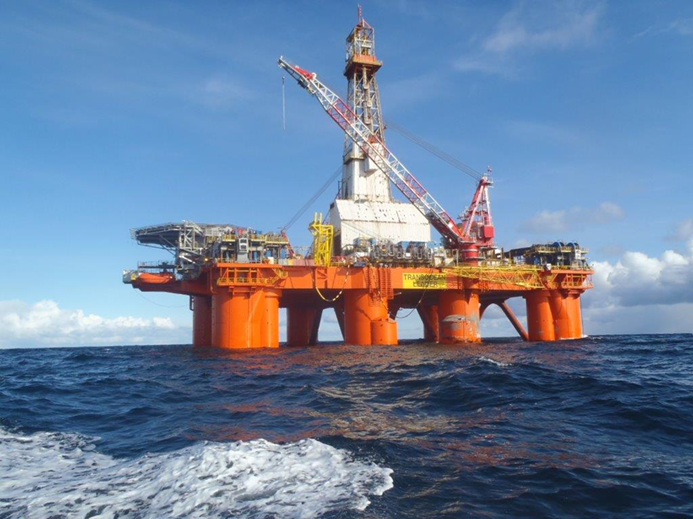
Hurricane Energy’s successful appraisal of the Lincoln field should restore confidence in the potential of the Greater Warwick Area (GWA), west of Shetland, an analyst has said.
And demonstrating the presence of moveable light oil in a structure separate from the nearby Lancaster field helps “de-risk the overall basement story”, according to James Carmichael, oil and gas equity research analyst, Macquarie.
Lincoln Crestal was second in a three-well campaign on the GWA, which is 50%-owned by Hurricane.
Lincoln was drilled previously, in 2016, and at the time was estimated to hold around 600 million barrels of oil equivalent.
Spirit Energy farmed into GWA last year, buying the other 50%, and agreed to stump up £139 million to pay for the 2019 drilling programme.
The intention of the campaign was to firm up the potential of the GWA, which was said to hold two billion barrels of oil, and to target a tieback of one of the three wells to the Aoka Mizu FPSO.
The vessel currently serves the company’s flagship, 100%-owned Lancaster field, which came on stream in June and neighbours the GWA, which contains Lincoln.
The first well in the drilling campaign with Spirit, Warwick Deep, did not flow at commercial rates.
That meant a lot of hope for the Hurricane-Spirit pact on GWA was riding on Lincoln Crestal staking its claim to be the main tieback candidate.
A positive sign arrived on Monday, when Hurricane confirmed the well had produced oil to surface.
And yesterday, in another update, Hurricane chief executive Robert Trice said he was “delighted” with Lincoln Crestal’s performance, sending the firm’s shares up 5.17% to 47.64p in London.
Dr Trice said the well had achieved a maximum stable flow rate of almost 10,000 barrels per day.
He said the well confirmed the presence of light oil which can be produced at commercial rates and that Lincoln Crestal would likely be tied back to Aoka Mizu next year.
That would make Lincoln the second producing basement field in the UK, after Lancaster.
The Transocean Leader rig now moves onto the third and final well in the 2019 campaign, Warwick West.
Mr Carmichael said: “It’s clearly very important to have demonstrated a good flow rate from Lincoln, particularly as this was an appraisal of a previously drilled structure.
“It should restore confidence in the potential of the GWA following the inconclusive Warwick Deep result.”
London-headquartered Hurricane was set up to deliver hydrocarbons from naturally fractured basement reservoirs.
Scepticism exists within oil industry circles about the firm’s ability to deliver a sizeable portion of the reserves it owns, due to the unpredictable and complex nature of fractured structures.
Asked whether the Lincoln Crestal result would enhance the credibility of fractured basement plays generally, Mr Carmichael added: “It’s still early in that process, Hurricane has always said 9-12 months of production data is needed to really understand how the Lancaster reservoir will behave.
“That said, proving moveable light oil in a separate structure does de-risk the overall basement story and should increase interest in what Hurricane has achieved.”
